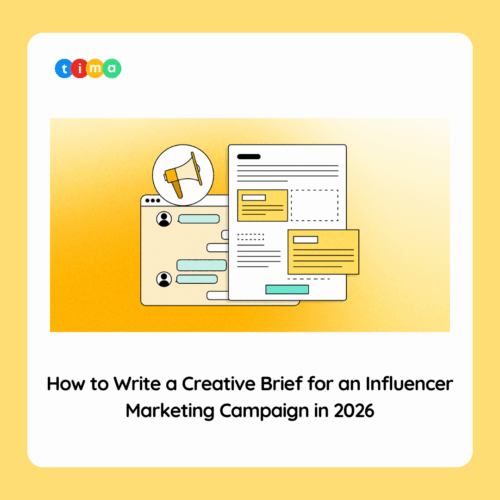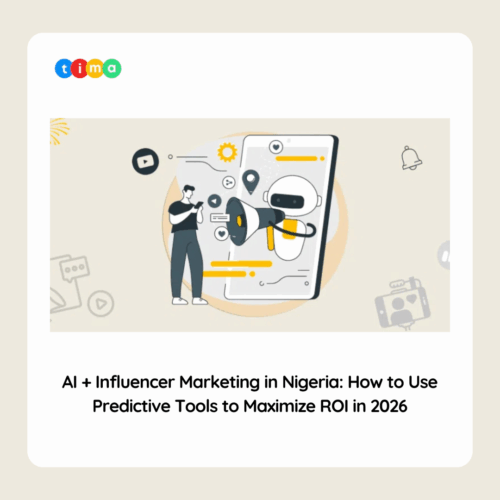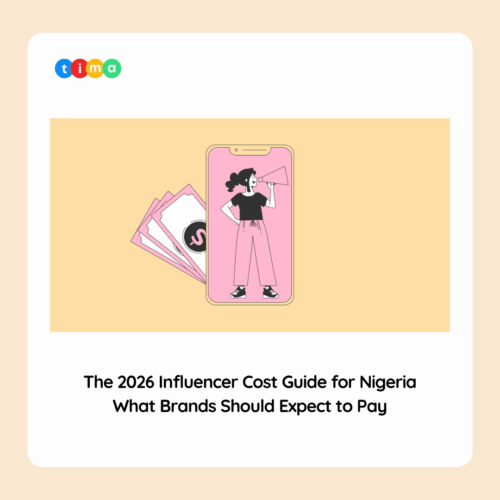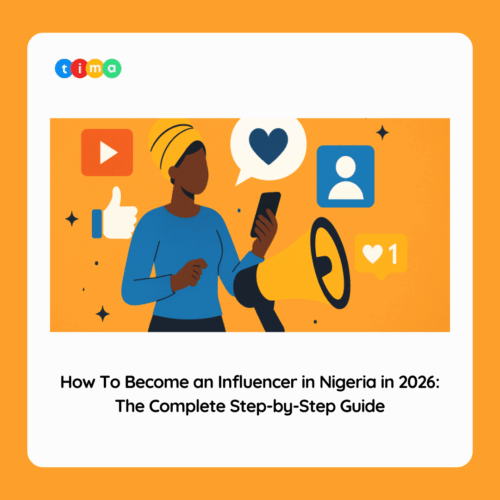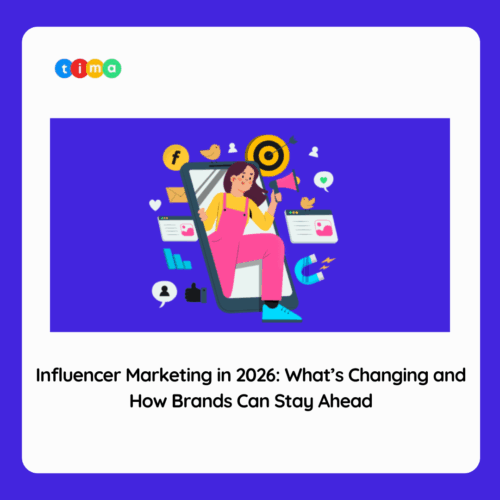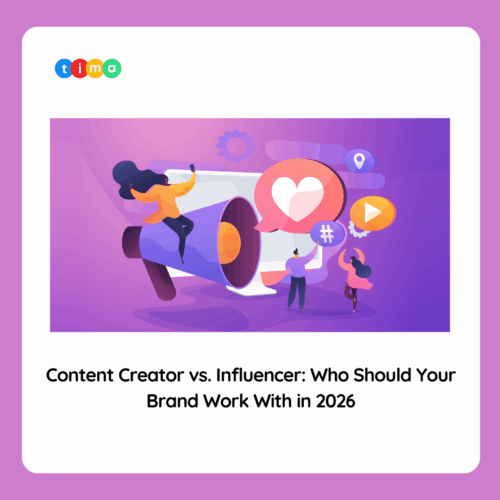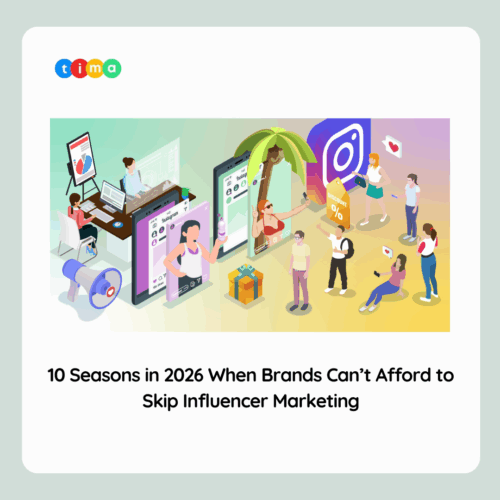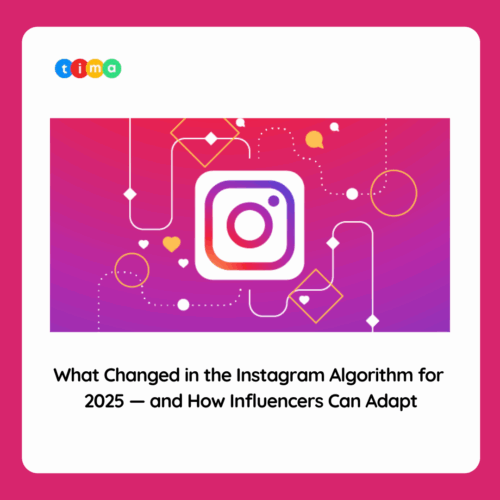The rise of digital marketing has introduced brands to new forms of outreach and engagement. Among the most effective strategies are User-Generated Content (UGC) marketing and influencer marketing, both of which leverage content creators in different ways to build trust, drive awareness, and encourage consumer action. In this detailed article, we will explore the key differences, benefits, challenges, and metrics that define these two powerful marketing strategies, so you can determine which approach—or combination—best fits your brand’s goals.
Defining UGC and Influencer Marketing
UGC marketing involves leveraging content created voluntarily by customers or fans. This can take the form of photos, videos, testimonials, or reviews shared by people who use and enjoy the product or service. Because it comes directly from consumers, UGC is often viewed as highly authentic and trustworthy. For instance, 79% of people say user-generated content highly impacts their purchasing decisions, compared to just 13% for brand-created content.
Influencer marketing, on the other hand, involves partnering with social media influencers—individuals who have cultivated a large, engaged following—to promote products and services. Influencers are often paid or compensated in some way to align with a brand’s message, effectively turning their social platforms into advertising channels.
Both strategies harness the power of social proof but differ in their methods and outcomes. While UGC is more spontaneous and often driven by real-life experiences, influencer marketing is typically more structured and targeted towards specific outcomes.
Benefits of UGC Marketing
- Authenticity and Trust: UGC stands out because it reflects genuine consumer experiences. Research shows that consumers are 2.4 times more likely to consider UGC as authentic compared to brand-created content. This makes UGC a powerful trust-building tool, particularly in industries where consumer opinion matters, such as beauty, fashion, and tech.
- Cost-Effectiveness: Unlike influencer marketing, where brands often pay a premium for content, UGC is usually free or comes with minimal cost. Brands that engage in UGC marketing rely on their customers to generate content, making it a budget-friendly strategy. In fact, some brands have been able to create highly successful campaigns with virtually no direct investment in content production.
- Community Building: By encouraging UGC, brands can foster a sense of community and engagement. Loyal customers feel recognized and valued when their content is shared, leading to stronger brand advocacy. For example, Starbucks has used UGC in its annual “Red Cup” campaign, generating millions of social media posts from customers showcasing their holiday-themed cups.
- SEO Benefits: UGC can also improve your brand’s visibility. According to research, pages with user-generated content can see a 28% increase in search engine rankings. This is due to the high engagement rates and authentic conversations around the product, which search engines value.

Benefits of Influencer Marketing
- Targeted Reach and High Engagement: Influencers offer the ability to reach highly specific niche audiences. Micro-influencers, in particular, are known for driving stronger engagement rates (up to 60% higher than macro-influencers) within niche communities. Partnering with influencers allows brands to tap into these curated audiences, creating campaigns that speak directly to a target demographic.
- Controlled Narrative: While UGC is organic and unpredictable, influencer marketing gives brands more control over the message and content quality. By partnering with the right influencers, brands can ensure their products are being promoted in ways that align with their image and messaging.
- Social Proof and Credibility: Much like UGC, influencer marketing capitalizes on social proof. However, influencers add a layer of credibility due to their status as “trusted” figures within their communities. This is particularly effective for promoting aspirational products or services, as 49% of consumers rely on influencer recommendations to make purchase decisions.
- High ROI Potential: Although influencer marketing can be expensive, particularly with macro-influencers, it can deliver substantial ROI. Studies show that for every dollar spent on influencer marketing, brands can earn up to $5.78. Moreover, well-executed influencer campaigns can boost brand visibility, sales, and even long-term loyalty.
Metrics: UGC Marketing
- Engagement Rate: UGC campaigns often see a much higher engagement rate than traditional brand-created content. This includes likes, shares, and comments on social media platforms. The interactivity of UGC reflects customer enthusiasm and loyalty.
- Content Volume: The sheer amount of content generated is a valuable metric for UGC. For instance, a successful hashtag campaign can lead to thousands of photos or videos shared by customers, providing a constant stream of authentic content.
- Sales Impact: Though indirect, UGC influences purchasing decisions by building trust. When prospective customers see real people enjoying a product, they are more likely to convert. On average, consumers exposed to UGC are 4.6% more likely to make a purchase than those who haven’t seen it.
- Brand Sentiment: UGC can significantly improve brand sentiment by creating a personal connection between the brand and the customer. Brands can measure this by analyzing mentions, comments, and customer reviews.
Metrics: Influencer Marketing
- Impressions and Reach: One of the most critical metrics for influencer marketing is reach. This includes the number of people exposed to the content via the influencer’s platform. Macro-influencers often boast millions of followers, allowing for widespread visibility.
- Engagement Rate: This measures how well the content resonates with the influencer’s audience through likes, comments, and shares. Micro-influencers often deliver higher engagement rates because of their closer relationship with followers.
- Conversion Rates: The true measure of success for influencer campaigns is often the number of conversions they generate. This could include direct sales, sign-ups, or downloads, depending on the campaign goal. Brands can track this through affiliate links or discount codes shared by the influencer.
- ROI: Ultimately, the return on investment (ROI) is key to evaluating influencer marketing success. Brands often measure ROI by calculating revenue generated from influencer campaigns relative to the cost of running them.

Challenges of UGC Marketing
- Lack of Control: One of the biggest drawbacks of UGC is the lack of control brands have over the content. While UGC is authentic, it may not always align perfectly with the brand’s aesthetic or messaging.
- Quality Inconsistency: Since customers create UGC, the quality of the content can vary widely. This can lead to a mixture of highly polished content alongside amateur or less visually appealing posts.
- Scalability: While UGC can be a cost-effective strategy, it often takes time and effort to encourage customers to create content. Some brands struggle to generate enough UGC to sustain long-term campaigns.
Challenges of Influencer Marketing
- High Cost: Partnering with top-tier influencers can be expensive, and there’s always a risk that the influencer won’t deliver the desired results. Macro-influencers, in particular, often command fees upwards of $10,000 per post.
- Skepticism and Authenticity: As influencer marketing has grown, some audiences have become skeptical of paid promotions. Influencers who endorse too many products or promote brands outside their usual scope can appear inauthentic, potentially damaging both their and the brand’s credibility.
- Finding the Right Fit: Not every influencer is the right match for a brand. Brands must ensure the influencer aligns with their values and target audience, or they risk alienating potential customers.
UGC vs. Influencer Marketing: Which Should You Choose?
When deciding between UGC vs. influencer marketing, it’s essential to consider your brand’s goals and resources. UGC marketing is ideal for brands looking to build long-term trust, foster community engagement, and operate on a smaller budget. Influencer marketing, on the other hand, is best for brands that need quick results, targeted reach, and have the resources to invest in paid partnerships.
That said, many successful brands combine both strategies to maximize results. For example, an influencer campaign can generate initial buzz, while UGC can sustain ongoing engagement.
Ultimately, finding the right balance between the two strategies depends on understanding your audience, measuring the right metrics, and experimenting with different approaches to see what works best.


